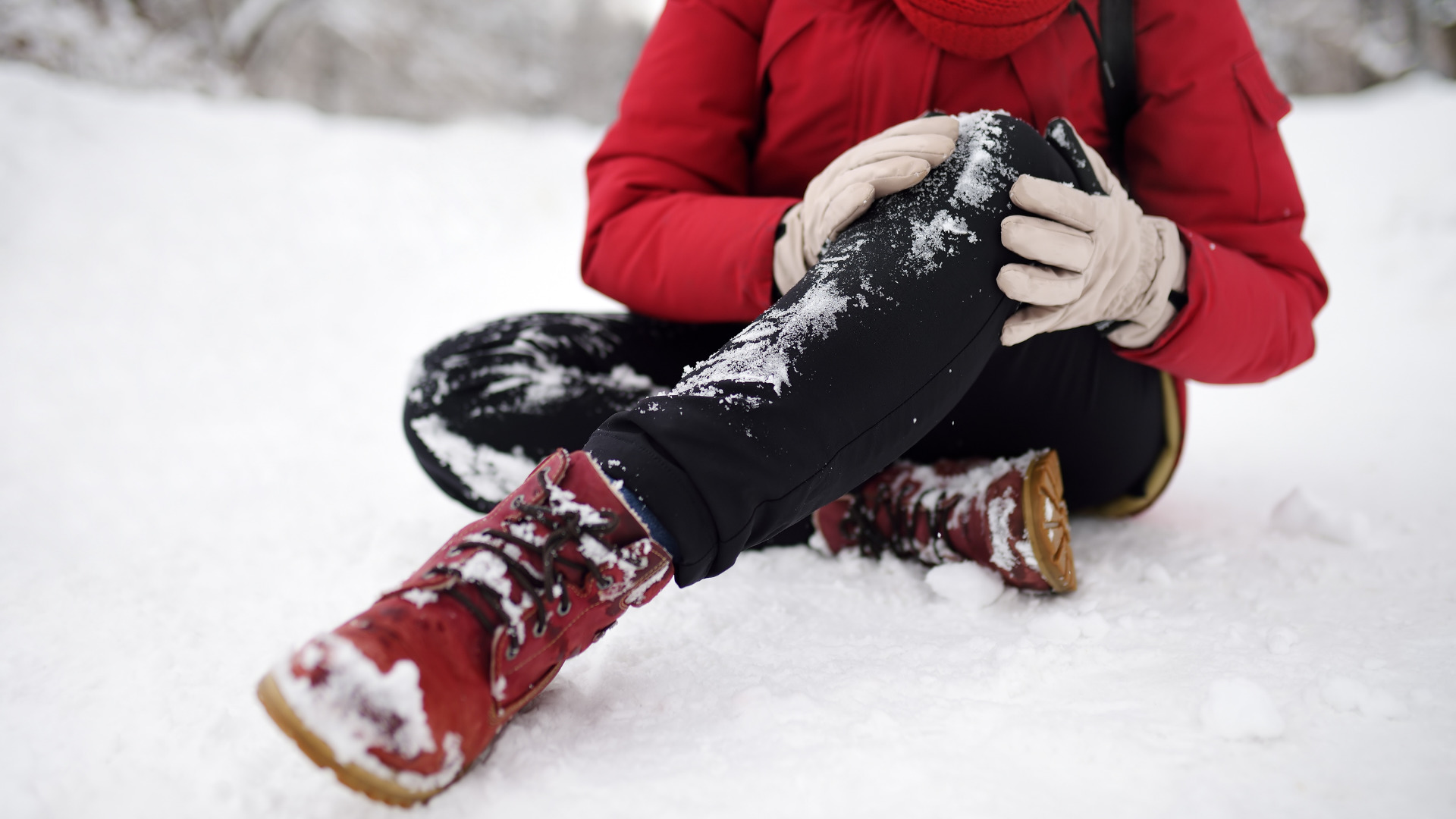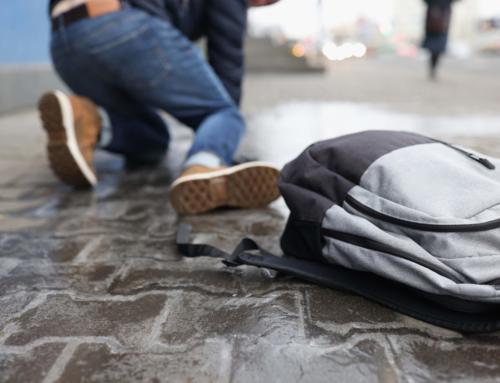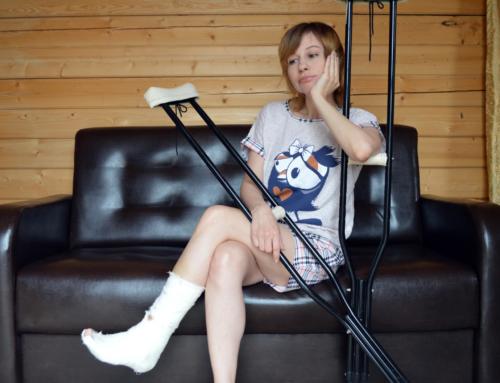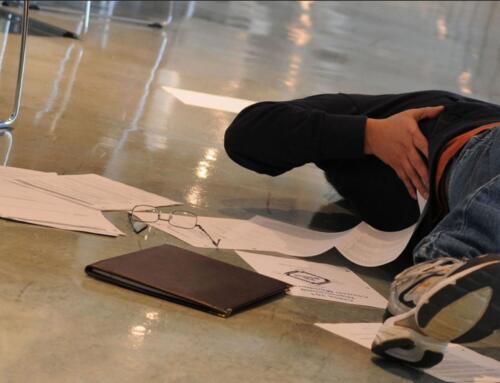Slip and fall accidents are one of the most common types of personal injury cases in Minnesota. These accidents can happen anywhere, from a grocery store to a sidewalk, and can lead to serious injuries. Understanding the common causes of slip and fall accidents can help you avoid them and know what to do if you are injured.
In this article, we will explore the most common causes of slip-and-fall accidents in Minnesota and what steps you can take to stay safe.
Weather-Related Hazards
Minnesota is known for its harsh winters, which can create hazardous conditions for pedestrians. Snow and ice are major contributors to slip-and-fall accidents. Property owners are responsible for clearing snow and ice from sidewalks and walkways, but this doesn’t always happen promptly.
Ice and Snow
During the winter months, ice and snow can accumulate on sidewalks, parking lots, and entryways. Slippery surfaces increase the risk of falls, especially for older adults and those with mobility issues. To reduce the risk, wear appropriate footwear with good traction and walk slowly and carefully on icy surfaces.
Rain and Wet Surfaces
Rain can also create slippery conditions, especially on smooth surfaces like tile or polished concrete. Wet floors in stores, restaurants, and other public places can be particularly dangerous. Property owners should place warning signs and clean up spills promptly to prevent accidents.
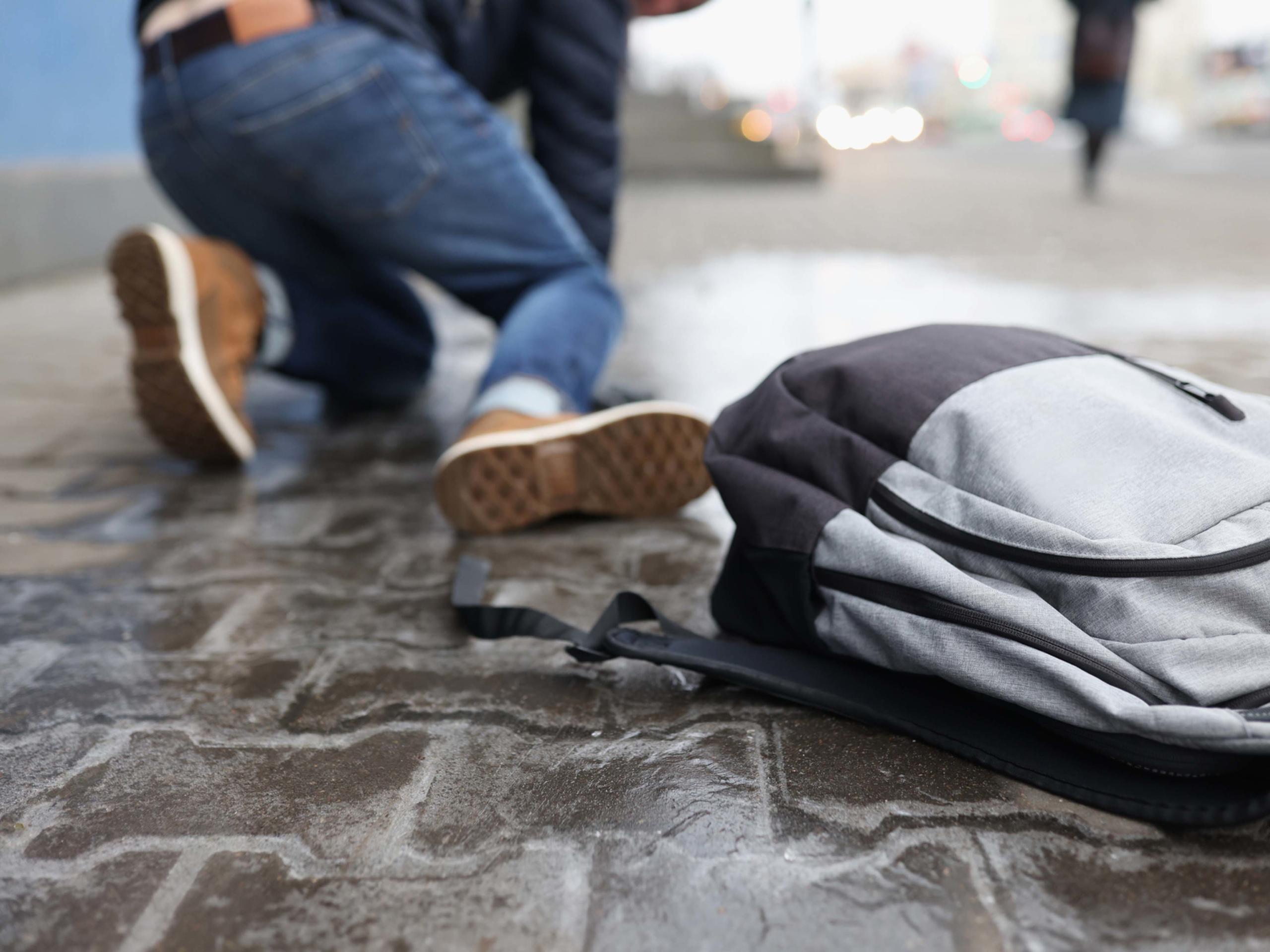
Poorly Maintained Walkways
Neglected maintenance can result in hazardous conditions on walkways and stairs. Cracks, holes, and uneven surfaces are common causes of slip-and-fall accidents.
Cracks and Holes
Sidewalks and parking lots with cracks or holes can cause tripping hazards. These issues can be particularly dangerous at night when visibility is low. Property owners should regularly inspect and repair walkways to keep them safe for pedestrians.
Uneven Surfaces
Uneven surfaces, such as poorly installed flooring or loose mats, can also lead to falls. Property owners should ensure that all walking surfaces are level and secure to prevent accidents.
Inadequate Lighting
Poor lighting can make it difficult to see potential hazards, increasing the risk of slip and fall accidents. Dimly lit areas, such as stairwells, parking lots, and sidewalks, can hide obstacles and slippery spots.
Outdoor Lighting
Adequate outdoor lighting is essential for pedestrian safety. Property owners should install and maintain proper lighting in parking lots, walkways, and building entrances to help prevent accidents.
Indoor Lighting
Indoor spaces, such as hallways and stairwells, should also be well-lit to prevent falls. Burned-out bulbs should be replaced promptly, and light fixtures should be regularly inspected to ensure they are functioning correctly.
Clutter and Obstacles
Clutter and obstacles in walkways can create tripping hazards. Items left on the floor, such as boxes, cables, and debris, can cause falls.
Workplace Hazards
In workplaces, employees should keep walkways clear of clutter and obstacles. Employers should implement regular inspections and encourage employees to report any hazards they notice.
Public Spaces
In public spaces, property owners should ensure that walkways are free of obstacles. This includes keeping entryways clear and promptly addressing any spills or debris.
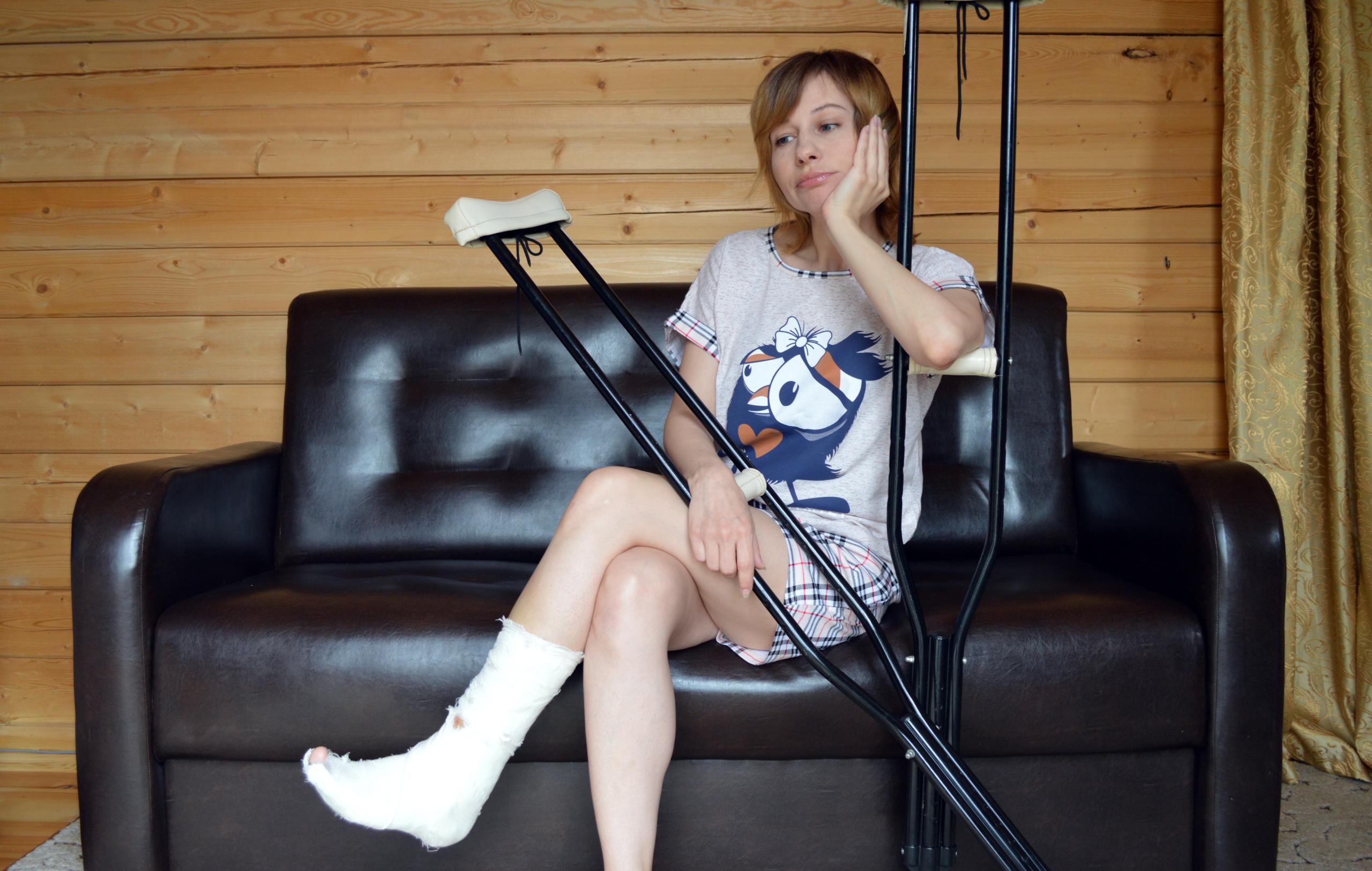
Unsafe Stairs and Railings
Stairs and railings that are not properly maintained can pose a significant risk for slip and fall accidents. Broken steps, loose handrails, and uneven stair treads can all contribute to falls.
Broken Steps
Steps that are cracked, uneven, or broken can cause tripping hazards. Property owners should regularly inspect and repair stairs to prevent accidents.
Loose Handrails
Handrails that are loose or missing can make it difficult for people to maintain their balance on stairs. Properly installed and secure handrails are essential for stair safety.
Footwear Choices
The type of footwear you choose can also impact your risk of slipping and falling. Shoes with smooth soles, high heels, or poor support can increase the likelihood of a fall.
Appropriate Footwear
Wearing appropriate footwear with good traction and support can help prevent slip and fall accidents. Choose shoes with non-slip soles, and avoid wearing high heels or flip-flops in situations where you might encounter slippery surfaces.
What to Do If You Are Injured
If you are injured in a slip-and-fall accident, it is important to take the following steps:
- Seek Medical Attention: Your health is the top priority. Seek medical attention immediately, even if you think your injuries are minor.
- Report the Accident: Inform the property owner or manager about the accident. Make sure to get a written report of the incident.
- Document the Scene: Take photos of the area where the accident occurred, including any hazards that contributed to your fall. Collect contact information from any witnesses.
- Contact a Personal Injury Lawyer: Reach out to a personal injury lawyer who focuses ons in slip and fall accidents in Minnesota. They can help you navigate the legal process and ensure you receive the compensation you deserve.
Conclusion
Slip and fall accidents can happen to anyone, but understanding the common causes can help you stay safe. Be mindful of weather conditions, poorly maintained walkways, inadequate lighting, clutter, unsafe stairs, and your footwear choices.
If you are injured in a slip-and-fall accident, remember to seek medical attention, report the accident, document the scene, and contact a personal injury lawyer. By taking these steps, you can protect your rights and ensure you receive the compensation you deserve.
Contact 612-Injured Today
If you or a loved one has been injured in a slip-and-fall accident, don’t wait to get the help you need. Minnesota’s top slip and fall attorneys at 612-Injured are here to assist you. With our skilled inise and commitment, we can guide you through the legal process and help ensure you receive the compensation you deserve. For a free consultation, contact us at 612-Injured today. Let us help you take the first step toward justice and recovery.

